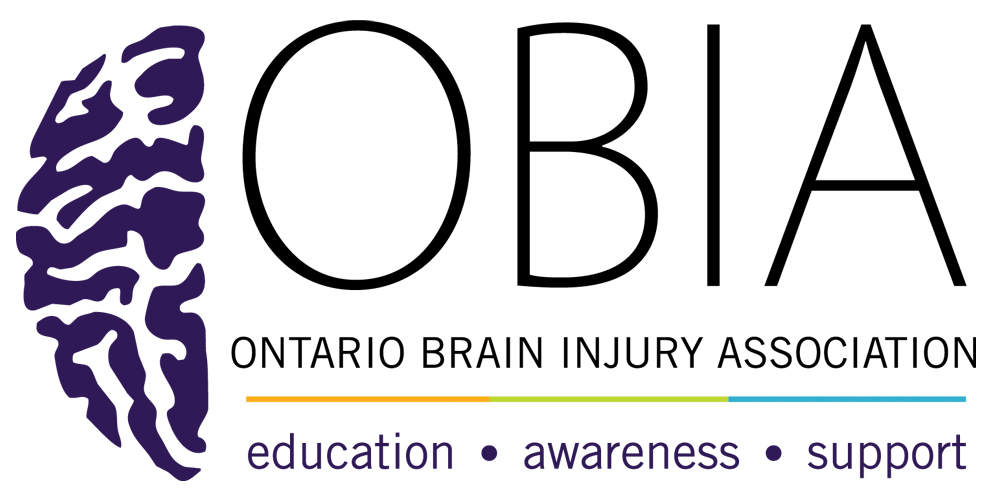Quick Facts
- Visual perception takes place in the brain after the information is received through the eye; the brain helps us understand and make sense of what we see
- Visual perception dysfunction is common following brain injury; the brain reduces or distorts the image that is seen by the individual
- Visual neglect is a spatial inattention to one side
What does it
look like?
- Difficulty seeing objects
- Difficulty realizing the spatial orientation of objects
- Difficulty separating an object from background stimuli
- Difficulty recognizing an object if too many are presented at once
- Inability to recognize features and relationships among various features (e.g. doesn’t know that the nose is between the eyes)
- Inability to distinguish differences in shape and colour
- Inability to perceive motion in field of view (e.g. may draw only half of something, shave or apply make-up on only half of their face)
Possible Causes and Complications
Possible causes:
- Damage to the parietal and/or occipital lobes
- Visual neglect is usually due to damage to the parietal lobe
Possible complications:
- Individuals may not realize they are not perceiving the world the same way as other people
What can we do?
- Avoid excessive visual stimulation; maintain clutter-free visual space
- Use arrows, highlighters, and labels to focus the individual on specific objects
- Repeat or lengthen viewing times to allow the person to identify and understand what is being seen
- Use a multi-sensory approach to communicate (e.g., pictures and gestures)
- Don’t assume that the individual has seen or recognized something; ask for a verbal description
- Visual neglect strategies:
- Avoid approaching the individual from the affected side
- Cue the individual to attend to things in the visual neglect field

